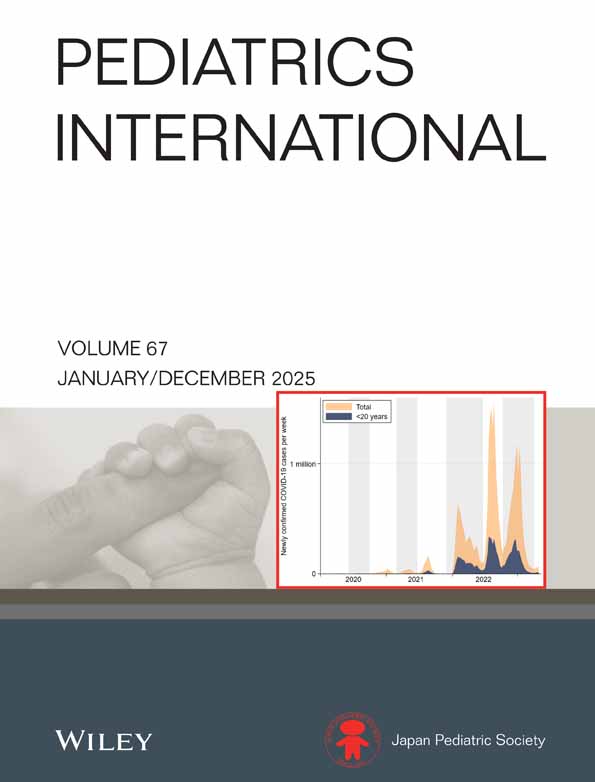Nitric oxide-related compounds in patients with congenital heart defects and pulmonary hypertension
Abstract
Abstract Background: The relationship between blood levels of nitric oxide (NO)-related compounds in patients with congenital heart defects (CHD) and degree of pulmonary hypertension (PH) has not yet been described.
Methods : Thirty-six patients (aged 6 months to 19 years) with CHD were divided into three groups on the basis of their hemodynamic characteristics: group 1 (control, n=5), left-to-right shunt (–) without PH (pulmonary to systemic artery peak pressure ratio, Pp/Ps<0.4); group 2 (n=14), left-to-right shunt (+) without PH; group 3 (n=17), left-to-right shunt (+) with PH (Pp/Ps>0.4). Blood samples were obtained from the right atrium, pulmonary artery, left atrium or pulmonary capillary wedge and aorta during cardiac catheterization. All NO-related compounds in whole blood were measured by chemiluminescent assay using Sievers NO analyzer.
Results : The sampling site had no significant impact on NO-related compound levels. However, the patients with PH (group 3) had significantly higher (P<0.01) blood levels of NO-related compounds (117.3~14.7 μmol/L) than the patients without PH (groups 1 and 2, 23.9~3.2 and 38.4~4.8 μmol/L, respectively). In addition, pulmonary artery resistance (Rp) values of less than 6 Wood U/m 2 were directly correlated with levels of NO-related compounds, whereas Rp values greater than 6 Wood U/m 2 were inversely correlated with blood levels of NO-related compounds.
Conclusion : The present results suggest that the hemodynamic status of the pulmonary circulation in CHD affects, at least partly, blood levels of NO-related compounds.




